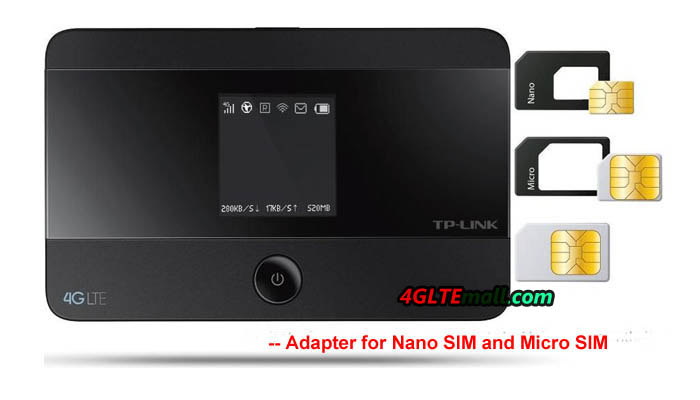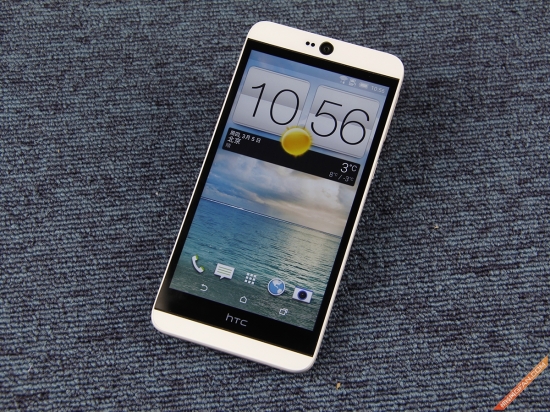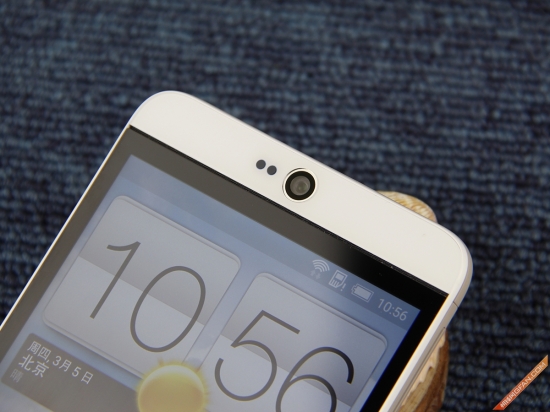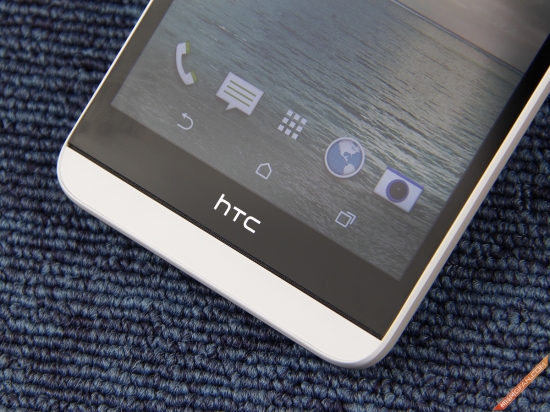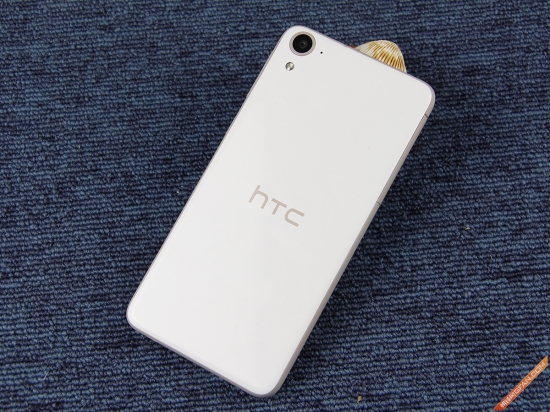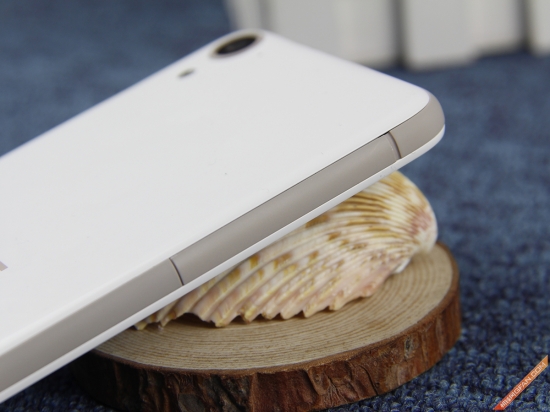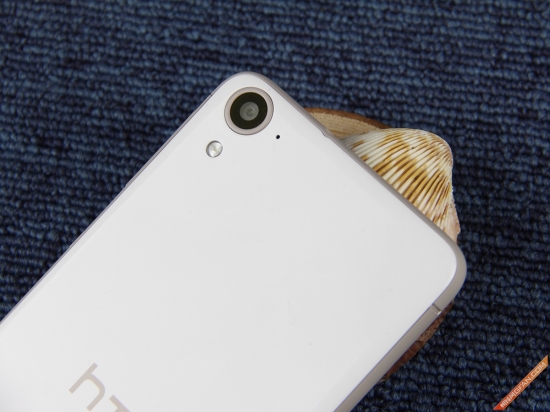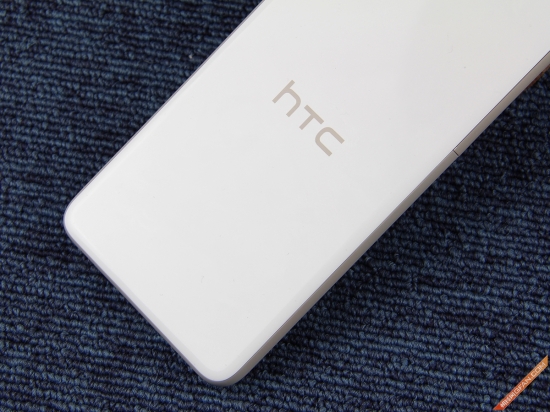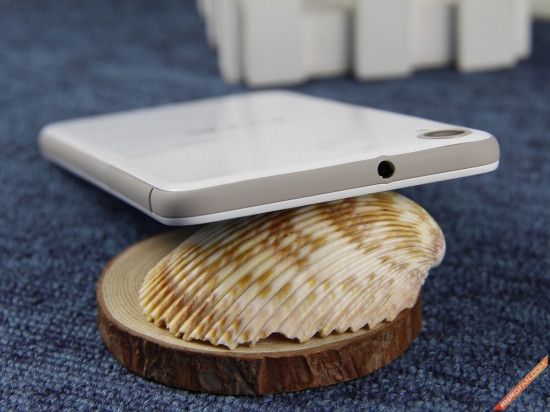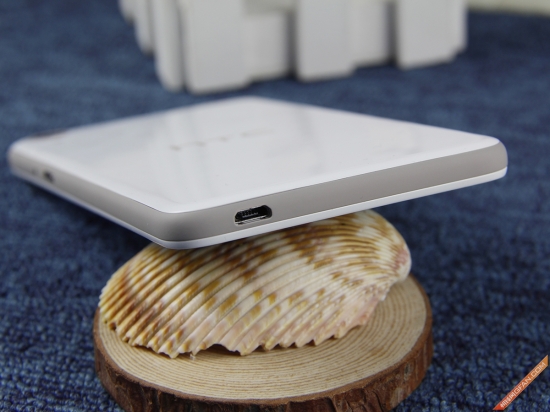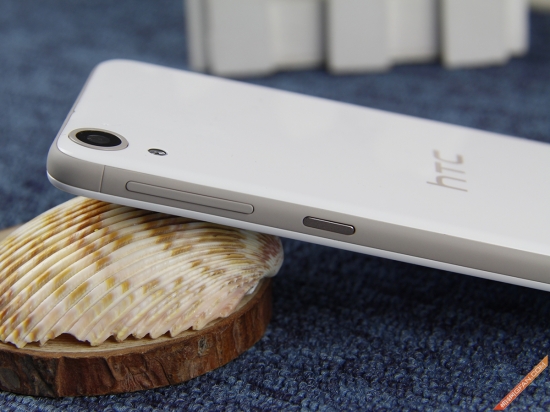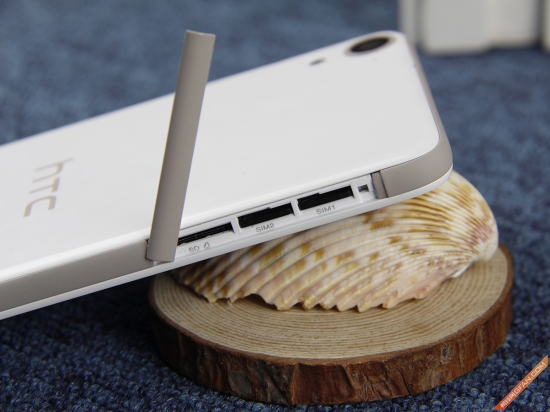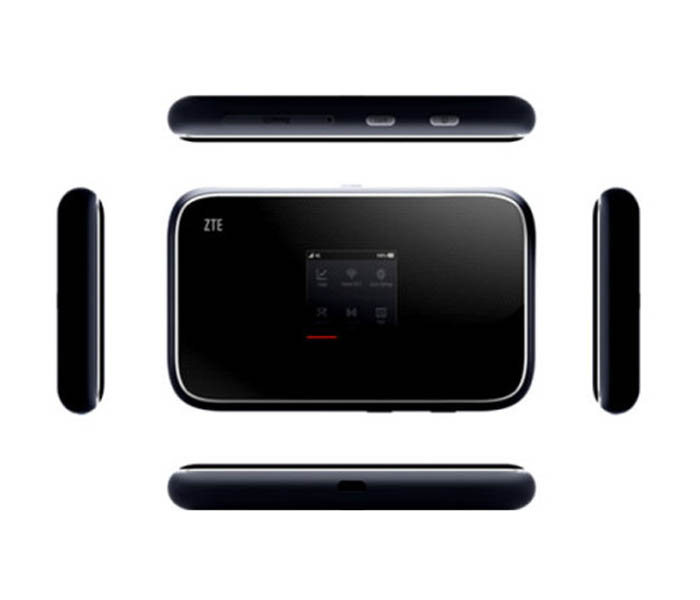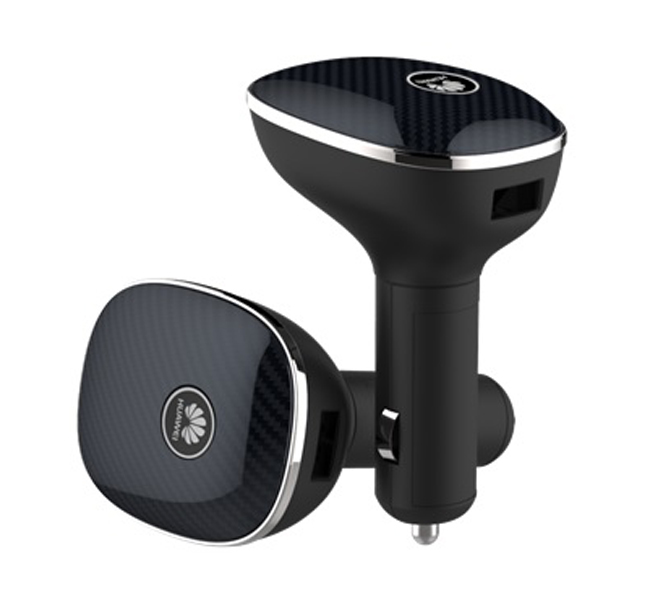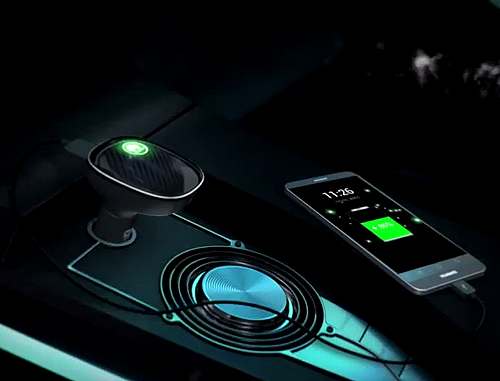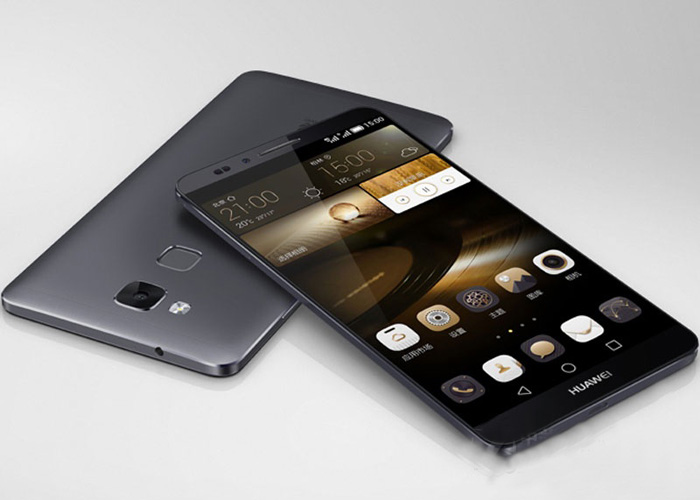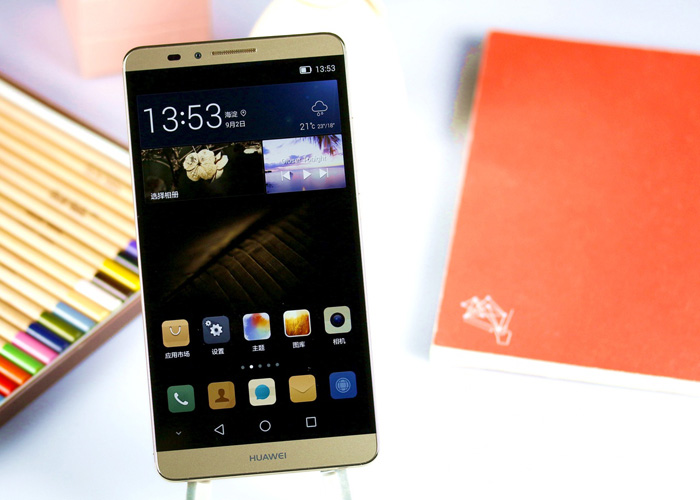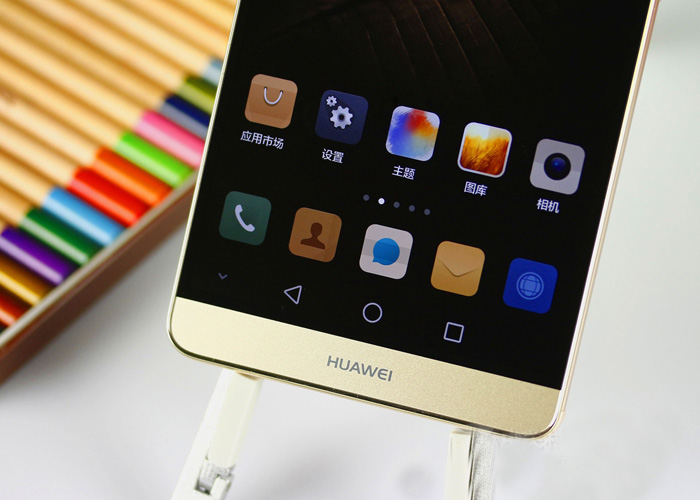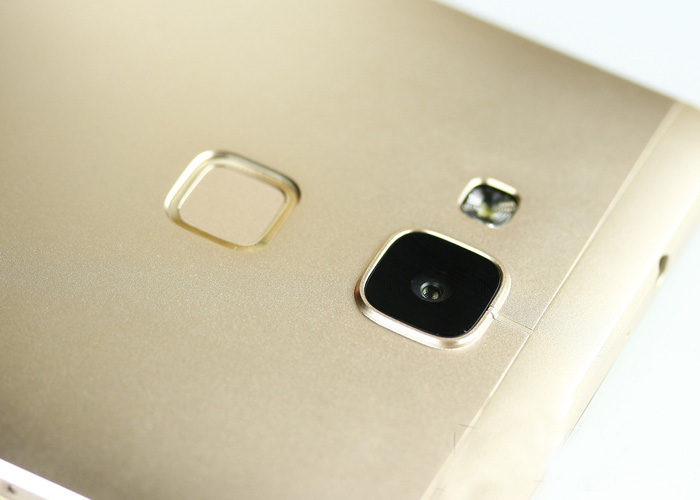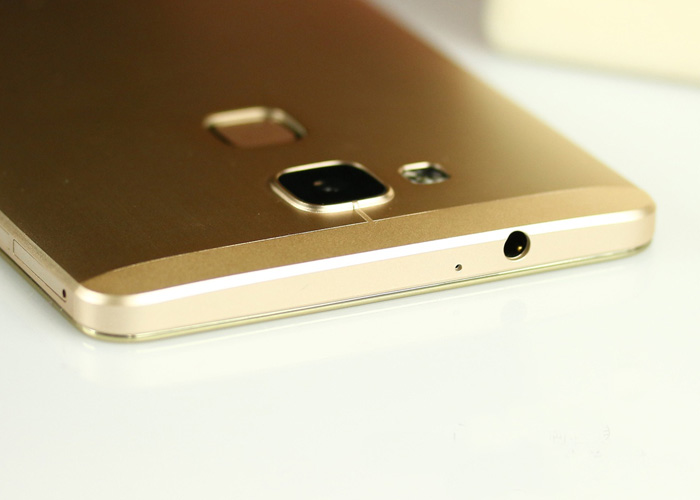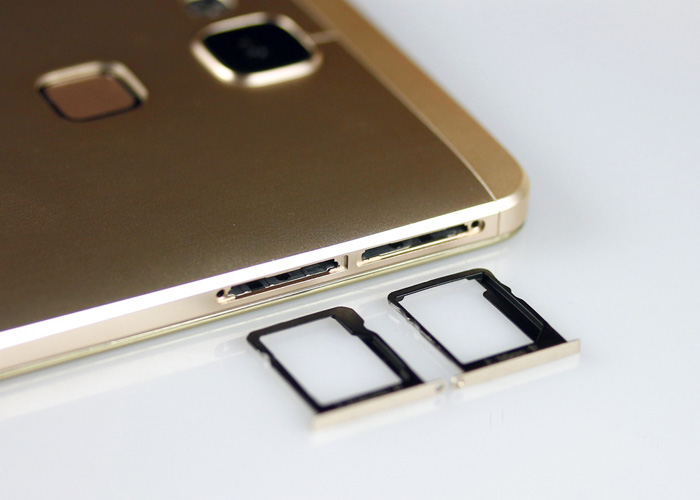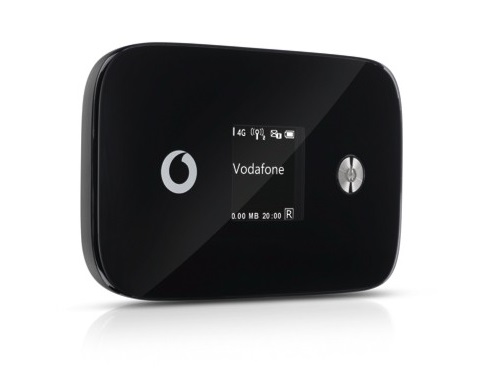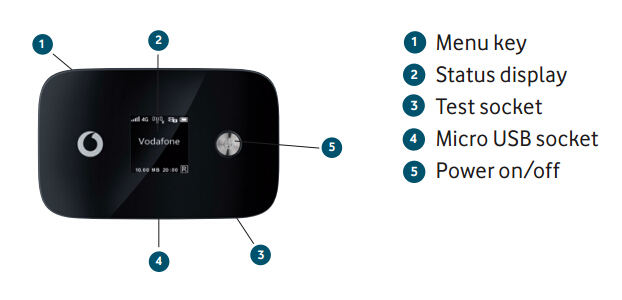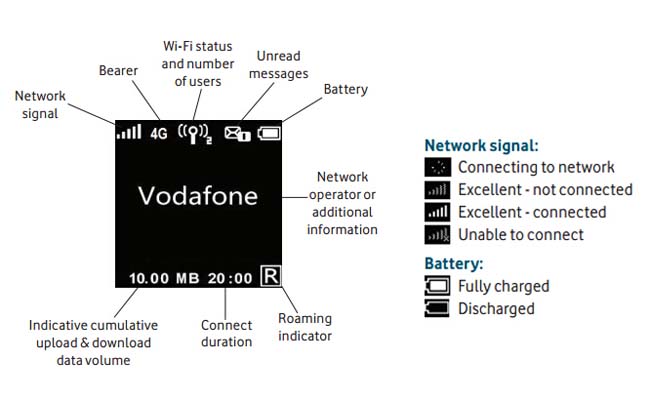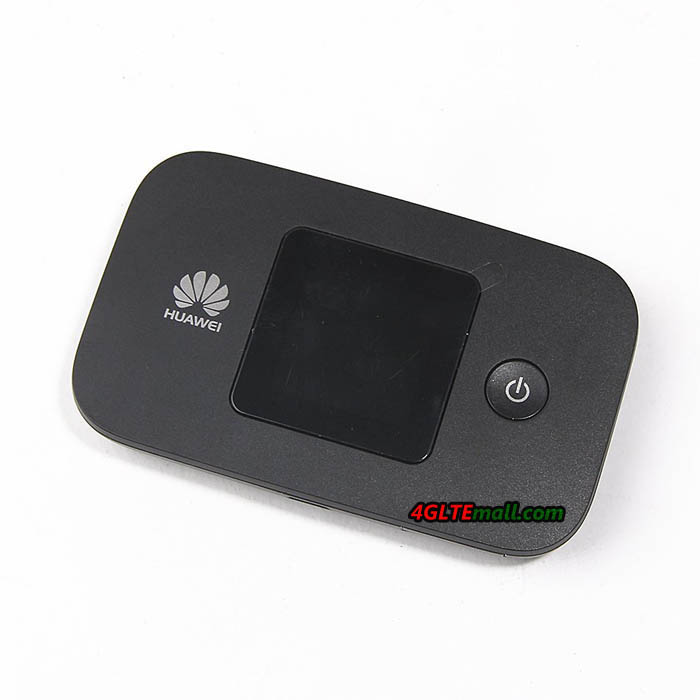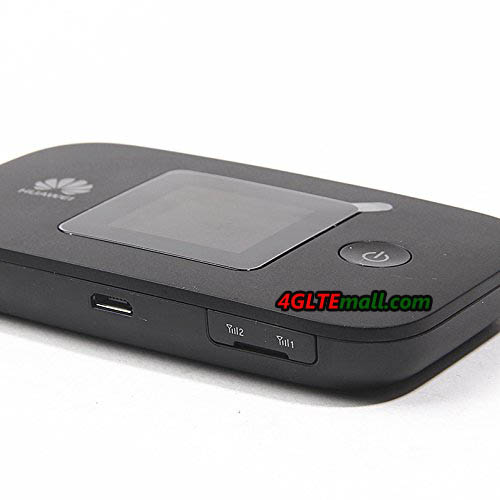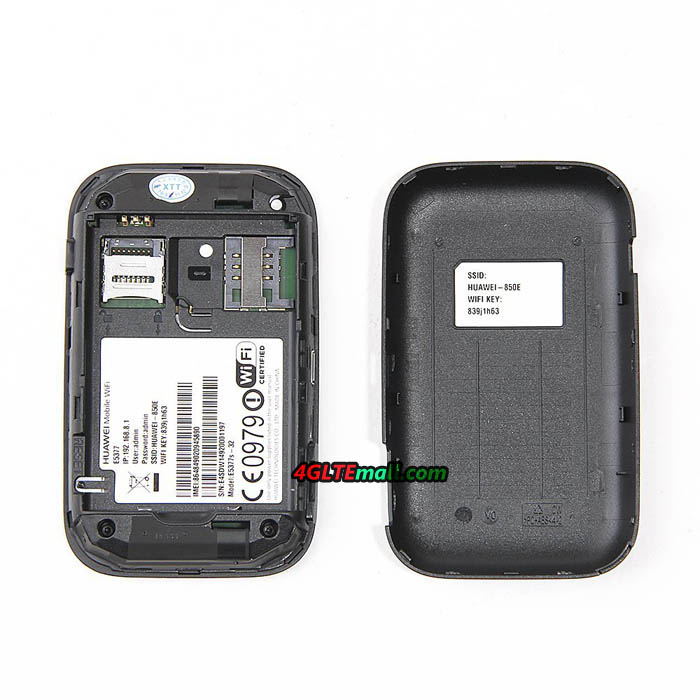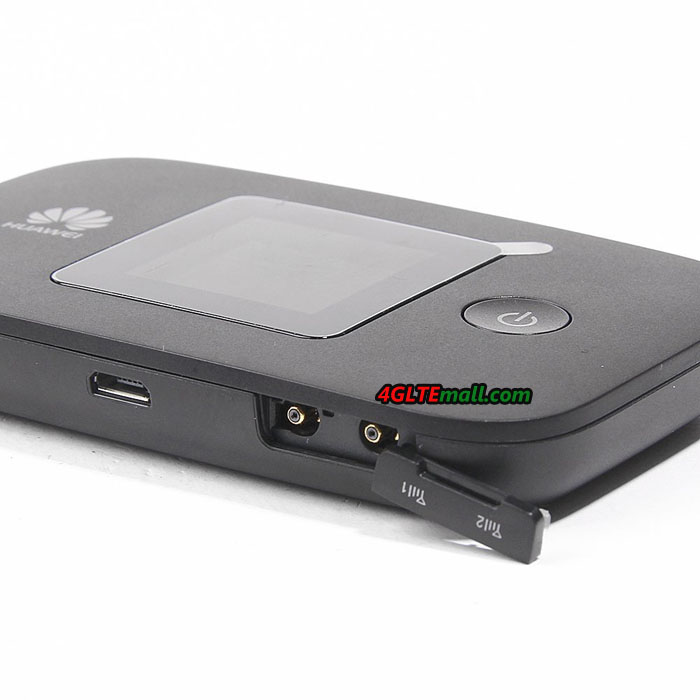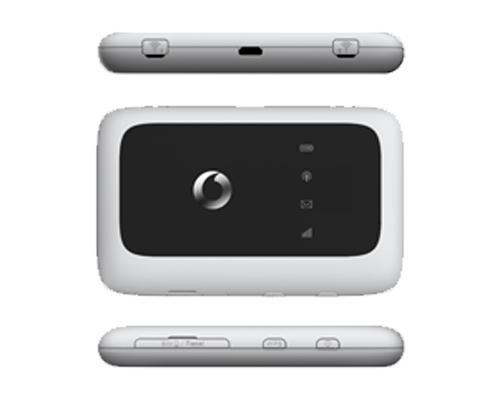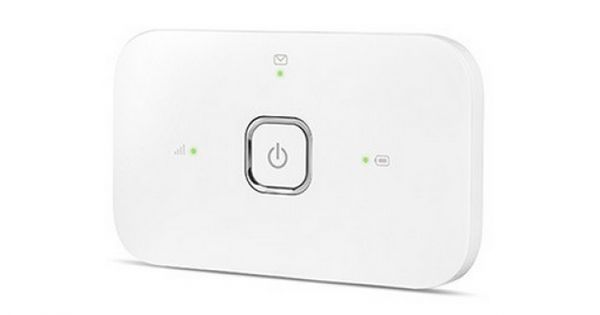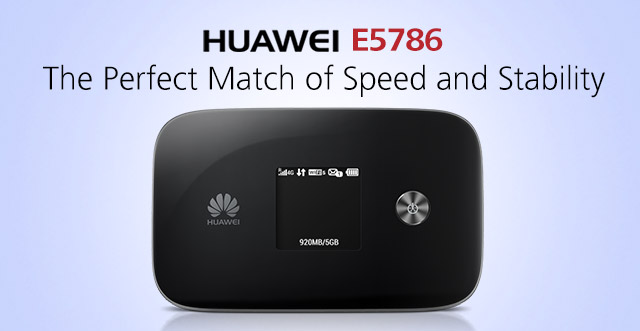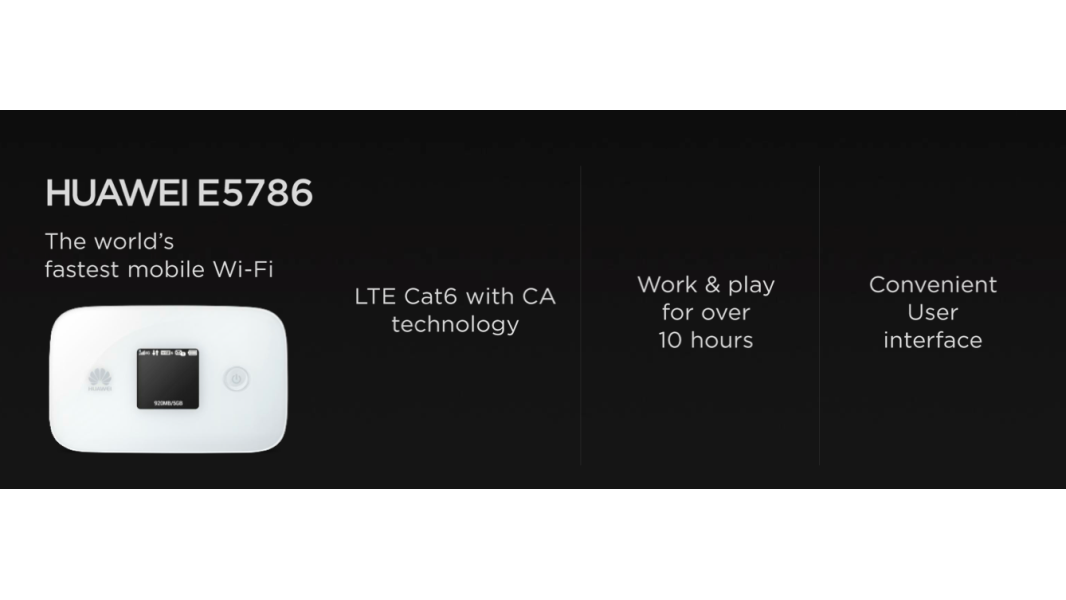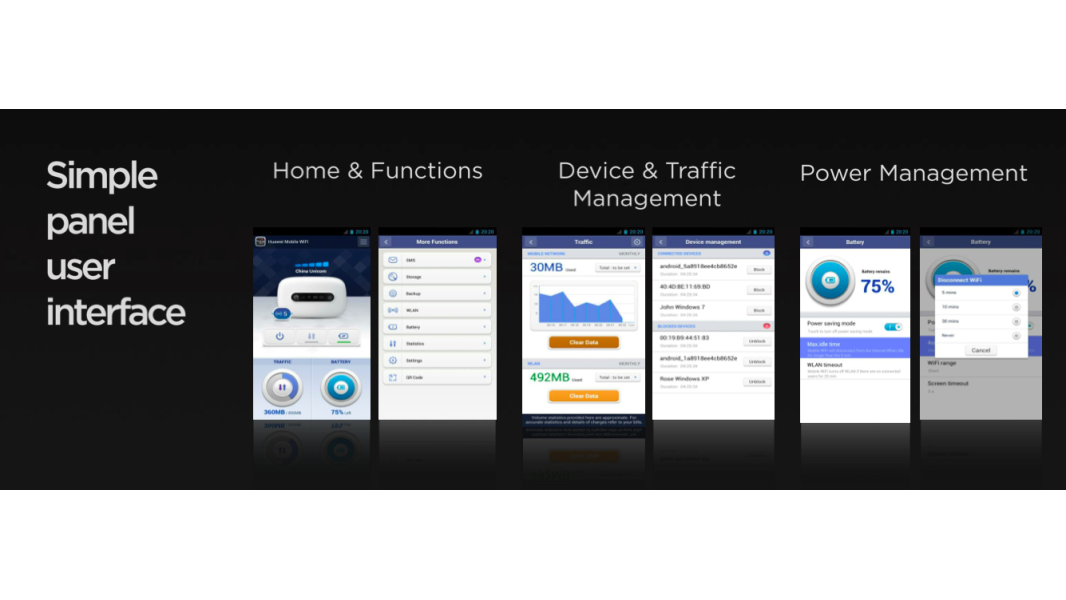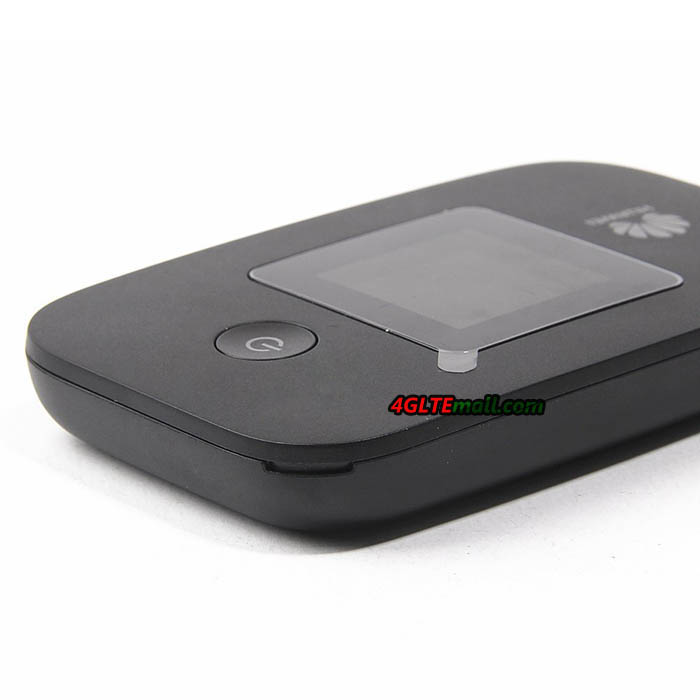TP-Link has launched its first LTE mobile hotspot M7350 in the Cebit 2015. Since the predecessor M5360 showed a good performance with UMTS modem in the test, we have the successor M7350 for performance test. The TP-Link M7350 could achieve speeds of up to 150 Mbit/s in the downlink over LTE Cat4 and the Internet connection is via WLAN at 2.4 and 5 GHz. The battery has capacity of 255 mAh and user can easily replace it.
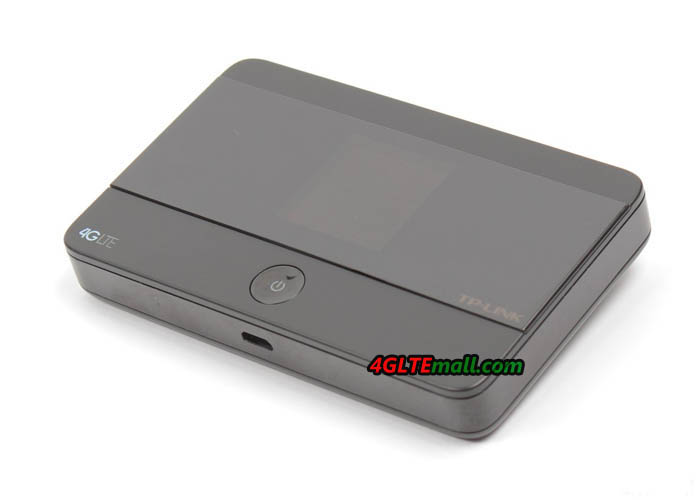
The package reveals all technical data and the design of the TP-Link M7350. There is also a great reference about the three-year warranty from manufacturer TP-Link. If you open the package, you can find the hotspot M7350 next to a battery with a capacity of 2550 mAh, a micro USB cable, a power supply and a Quick Start Guide. As a special feature, there are two SIM card adapters included, one from nano-SIM to Mini SIM and the other one from the Micro SIM to Mini-SIM. The adapters solve the big problem about the SIM format. All those who have a smaller SIM card or the mini-SIM format could use their SIM card with the TP-Link M7350.
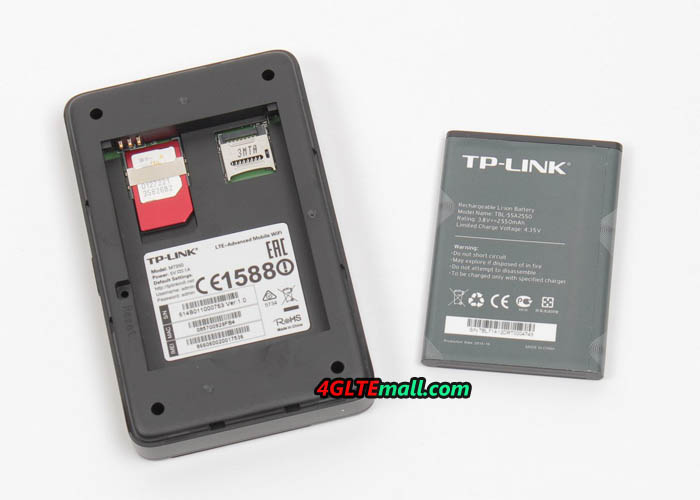
Whether with or without adapter, the SIM card is inserted underneath the battery; and a MicroSD memory card is optional to use in the M7350. The battery cover is stuck and needs to open some force, but most users will keep changing the battery rather than changing it. The body of the TP-Link M7350 is held largely in matt black plastic and looks very spectacular. The front along with the small OLED display is partially covered with a clear plastic. This cover scratched amazingly fast in contrast to the rest of the case.

TP-Link M7350 can use LTE in the frequency ranges to 800/900/1800/2100/2600 MHz. Thus it can be used not only in Europe but also in many other areas worldwide. The maximum speed over LTE is 150 Mbit/s for the downlink and 50 Mbit/s for the uplink (LTE Category 4). In the test, M7350 could work with a SIM card from Vodafone and reach up to 130 Mbit/s. And the reception quality is good, even at the location far from the base station. We remember that we had tested Huawei E5786, and the result looks very similar. As you know, Huawei E5786 is with the latest wireless technology.
If the LTE network is not available, user can use the UMTS ang GSM network through TP-Link M7350. When connected with DC-HSPA+ in the UMTS network, M7350 could reach up to 42.2 Mbit/s for the downlink and 5.76 Mbit/s for the uplink. The most common frequency ranges around 900 to 2100 MHz are supported. In the test I have a telecom card up to 26 Mbit/s can be achieved via UMTS, and I was about one kilometer away from the base station and the device had a good signal reception.
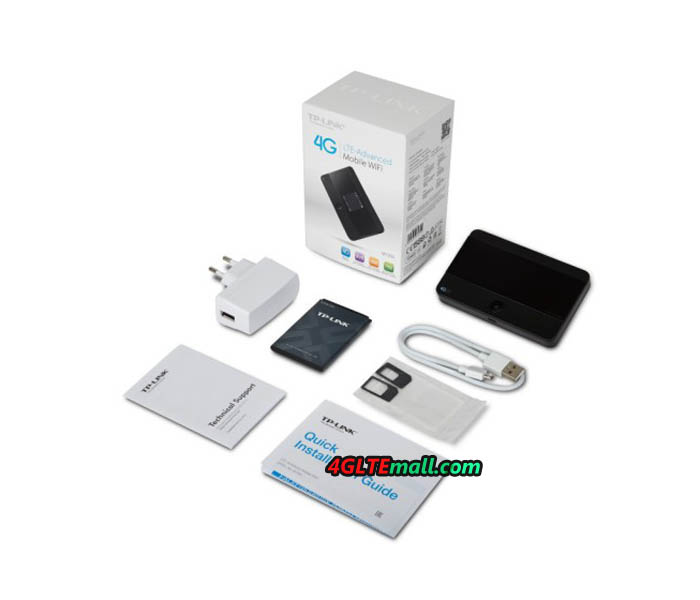
The WLAN module in the TP-Link M7350 transmits both 2.4 GHz and at 5 GHz. The range is naturally limited in comparison to an ordinary wireless router for stationary use, but perfectly adequate for most usage scenarios. So you can still enjoy surfing through two “normal thick” walls and about 5 meters (in the 2.4 GHz band).
On the body side of the M7350, there is a menu button, which can be used in conjunction with the power button on the front to operate the equipment. A few important functions can be controlled so easily without the web interface. So you can see for example Wi-Fi SSID and password on the display to connect devices with the TP-Link M7350 quickly and easily. The second menu item in the device allows the choice of wireless frequency band (2.4 GHz or 5 GHz) and the third is for you to enable or disable the roaming mode. Particularly interesting is the ability to set the network mode directly on the device (eg “LTE only” or “UMTS only “). This can be useful in some regions when the hotspot constantly switches between the mobile technologies.
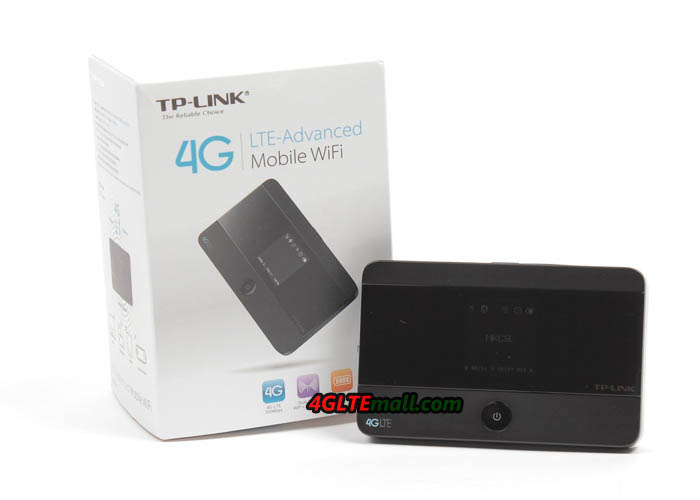
The web interface allows all advanced settings options. It can be reached via http://tplinkmifi.net and is very quick and easy to use. The design is clear and the functions are easily accessible. Overall, the functions are not as extensive as the web interface of a Netgear AC785s, but all the important settings are available.
The TP-Link M7350 battery could last continuous use for about 6-7 hours and can be recharged via microUSB connector. In practice, the WLAN switches off automatically when it’s not in use for about 15 minutes. Thus, the unit saves energy. If you want to surf again, you must briefly press the power button only once.
The M7350 TP-Link is a good mobile LTE hotspot. In the test, it was stable and provided good rates. The equipment is dual-band Wi-Fi with a well-read display and a fast web interface. Overall, the TP-Link Router M7350 is a recommendable 4G pocket WiFi!
